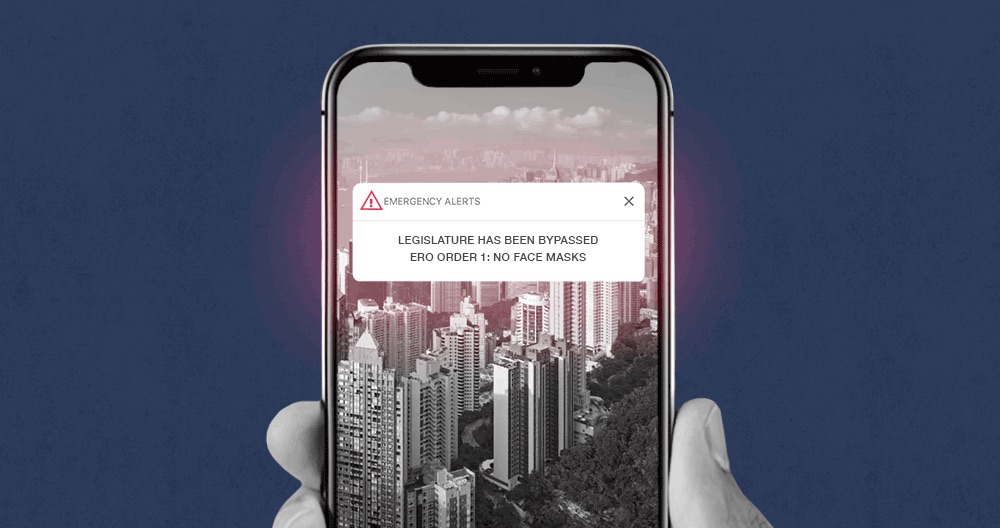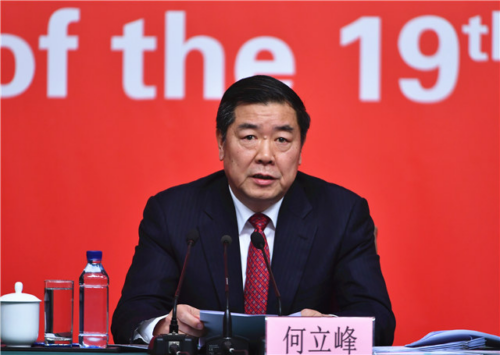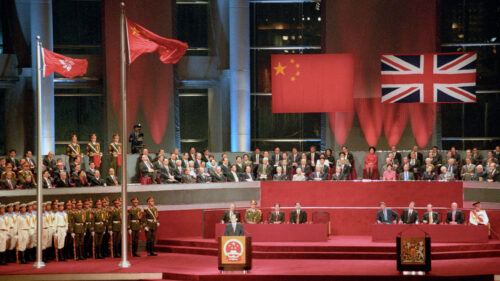Hong Kong invokes emergency powers

Photo credit: The China Project illustration
As crowds enthusiastically cheered the grand parade in Beijing on October 1, widespread chaos gripped Hong Kong as protesters and police clashed in over a dozen locations.
On that day, the first live shots were fired by the police, two of them hitting an 18-year-old protester in the chest, sending him to the hospital for days. The police said the officer’s actions were motivated by nothing but self-defense, but a leaked memo showed that the day before the shooting, the Hong Kong police force had loosened its guidelines on the use of deadly force.
The authoritarian creep of the city government continued through the weekend, as Chief Executive Carrie Lam (林鄭月娥 Lín Zhèng Yuè’é) invoked the Emergency Regulations Ordinance (ERO) to ban all face masks at public gatherings. The ERO is a colonial-era law not used in over 50 years, and it gives the government virtually unlimited powers, including, according to the South China Morning Post, “media censorship, arrests, deportations, the control of ports and all transport, the appropriation of property, and the authority to enter and search premises.”
Protests against the mask ban turned violent over the weekend, and the government has already brought the first charges against violators of the new regulation, the Guardian reports. It seems likely that the cycle of crackdown, protest, violence, and arrests will continue, but where it will end is anyone’s guess.





